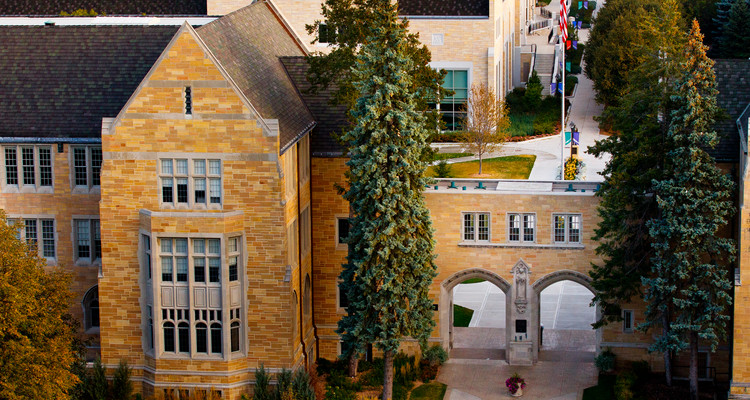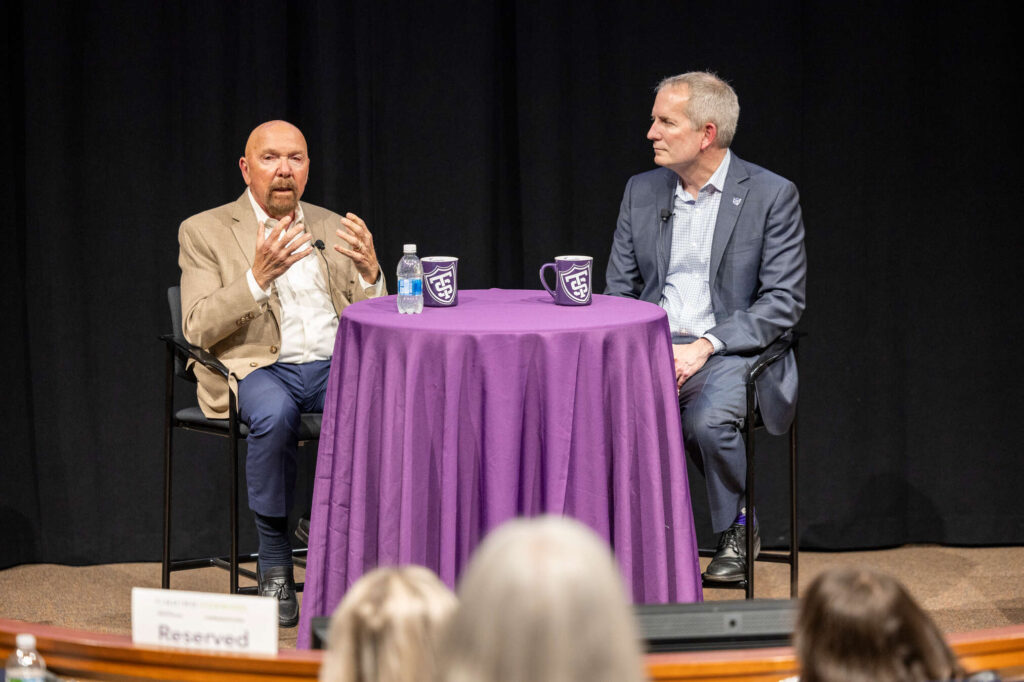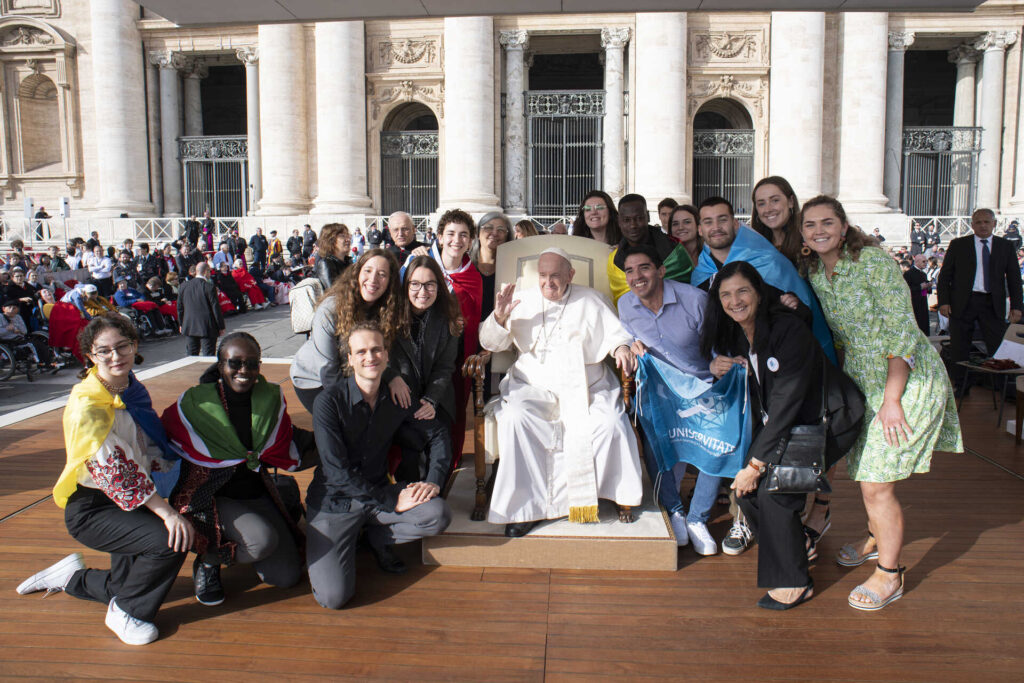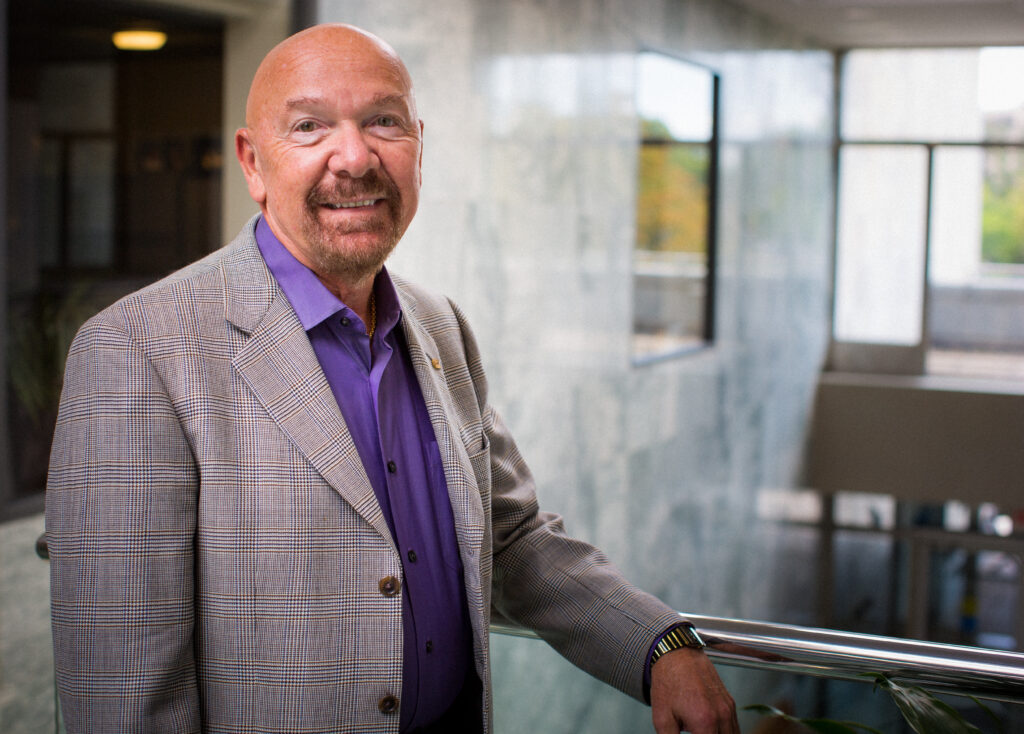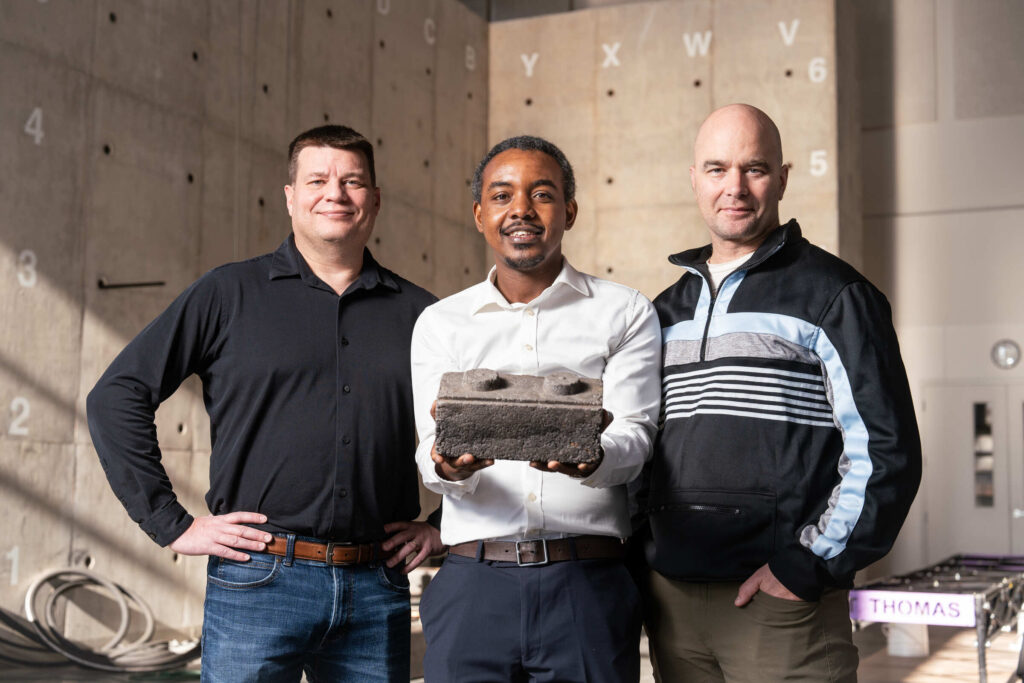Tuition rates will rise 3.9 percent beginning this summer for undergraduate students – the same increase as this year and tied for the second-lowest rate increase in 21 years – and graduate program tuition will rise an average of 3.4 percent.
The St. Thomas Board of Trustees approved the increases Thursday as part of the university’s 2015-16 budget, which also calls for a 1.5 percent increase in overall funding for the faculty and staff salary pool if undergraduate and graduate enrollment targets for this fall are met.
Day undergraduate tuition and fees of $38,105, when combined with 2 percent and 3 percent increases in room and board rates, will result in a comprehensive fee of $47,525. The comprehensive fee increase of 3.6 percent, the same as this year, also is the second lowest since 1994-95 and trails only 2010-11, when both tuition and the comprehensive fee rose by 3.5 percent.
Next year will be the fifth consecutive year the comprehensive fee increase has declined or held even; the increases were 4.9 percent in 2011-12, 4.6 percent in 2012-13, 4.1 percent in 2013-14 and 3.6 percent this year. (See tables for details on tuition, room and board increases.)
As in recent years, undergraduate tuition of $1,164.50 per credit will cover all courses except business, statistics, computer and information sciences, and information and decision theory. Those courses will be $1,223 per credit, or 5 percent higher, because of the higher cost of faculty in those areas.
Graduate and professional programs have flexibility on tuition increases, depending on their markets and competition. There will be no tuition increase in three programs – M.S. in Accountancy, Ed.D in Leadership and Ed.D in Organizational Development. School of Law tuition for returning students will not increase ($36,884 per year) but first-year students will pay 2 percent more ($37,580 per year). In total, all graduate programs averaged a 3.4 percent increase.
“All of our programs are in highly competitive markets, and we sought from the beginning of our budget process to keep tuition increases under 4 percent again,” said Mark Vangsgard, vice president for business affairs and chief financial officer.
Tuition rates for next year have not been set at all of Minnesota’s private colleges, but St. Thomas will remain moderately priced for its undergraduate programs. This year, St. Thomas ranks eighth in comprehensive fee, seventh in tuition and eighth in room and board among the 17 institutions that are members of the Minnesota Private College Council. St. Thomas’ comprehensive fee of $45,882 this year is 2.3 percent higher than the MPCC average of $44,833. (See table for details.)
More than 90 percent of undergraduate students – and virtually every freshman – receive financial aid through scholarships, grants, loans and campus employment. St. Thomas subsidizes the education of all students, including those who do not receive financial aid, because tuition covers only 80 percent of operating expenses. The remaining 20 percent comes from gifts, endowment and investment earnings, and contributed services of religious personnel.
Net undergraduate tuition, after financial aid, will provide 53 percent ($129 million) of next year’s $243 million in operating revenue, Vangsgard said. Graduate programs will provide 21 percent ($51 million), and the remaining 26 percent ($63 million) will come from sources such as room, board, bookstores, seminars, gifts, fees and endowment income.
Here are other highlights of the 2015-16 budget:
Salary and fringe benefit increases
Compensation and fringe benefit costs will amount to 74.4 percent of the operating expenses’ budget next year.
The medical plan at St. Thomas is self-funded, meaning costs are determined by actual experience rather than the projected national average. For calendar year 2015, the university’s costs are projected to increase by 8.2 percent. St. Thomas will continue to cover 71 percent of budgeted medical costs, with employees covering 29 percent.
Enrollment projections
Undergraduate enrollment is projected to increase slightly this fall, with a target of 1,720 new students, including 1,455 freshmen and 265 transfer students. Credit hours will increase from a projected 185,300 to 187,700.
Graduate enrollment also is projected to grow for the second straight year, with credit hours increasing from 62,200 to 63,700, excluding Bisk online learning enrollment.
Building projects and equipment
The university expects to spend $6.6 million in building renovation projects and $1.8 million for capital equipment in the new fiscal year.
Major projects include the final phase of the upgrades to fume hood controls in Owens Science Hall laboratories; installation of compactors to accommodate single sort recycling system; installation of LED light fixtures in Flynn and Morrison parking garages; painting exterior windows on Aquinas Hall and John Roach Center; masonry restoration on the exterior façade of Aquinas Hall; replacement of the north gym floor in McCarthy Gym; replacement of the roof on McCarthy Gym; replacement of hand dryers in restrooms on the Minneapolis campus with an energy-efficient model; and energy-efficiency mechanical upgrades to Brady Hall, Dowling Hall and JPII Hall.
Technology improvements
St. Thomas will continue the phased implementation of an enterprise constituent relationship management solution for the university. The initial phase will be used by Enrollment Management to recruit and admit new students. Subsequent phases will see the solution deployed in alumni engagement and potential support of student retention goals.
Internet bandwidth will be increased to best meet the combined academic, administrative and student life uses, which continue to grow at a steady rate. The university’s connection to the Internet is an increasingly vital component to all aspects of campus activities.
St. Thomas will continue to enhance the technology security infrastructure on campus in order to protect data and systems, as well as to help ensure the availability of the technology services. As part of these updates, new next-generation firewalls and intrusion-detection systems are being implemented into the campus network.
Libraries
St. Thomas libraries will support the university’s strategic plan with instructional and research services, rich electronic and print collections and dynamic learning spaces.
Eighty percent of the libraries’ materials budget is dedicated to the acquisition of electronic content – books, journals, and streaming audio and video resources – that are available 24 hours a day from anyplace with an Internet connection. The new budget will allow the libraries to continue with existing subscriptions and current levels of book acquisition.
Information session
Vangsgard will review the St. Thomas FY16 budget as part of his presentation, “Financial Challenges Facing Higher Education,” at a brown bag luncheon Tuesday, March 24. The discussion will be in Woulfe Alumni Hall in the Anderson Student Center on the St. Paul campus, with simulcast to Room 252 of Terrence Murphy Hall on the Minneapolis campus.
References linked above (PDFs):
